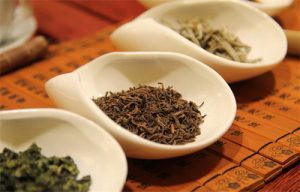 According to the suggestion from Mayo Foundation for Medical Education and Research (http://www.mayoclinic.org/), it is considered as “safe” for normal healthy adult to consume 400mg caffeine per day, that is roughly 4 cups of brewed coffee, 10 can of cola or 2 can of ‘energy’ drink. Excessive consumption of caffeine (>500mg to 600mg) can increase the risk of Insomnia, Nervousness, Restlessness, Irritability, Stomach upset, Fast heartbeat, Muscle tremors.
According to the suggestion from Mayo Foundation for Medical Education and Research (http://www.mayoclinic.org/), it is considered as “safe” for normal healthy adult to consume 400mg caffeine per day, that is roughly 4 cups of brewed coffee, 10 can of cola or 2 can of ‘energy’ drink. Excessive consumption of caffeine (>500mg to 600mg) can increase the risk of Insomnia, Nervousness, Restlessness, Irritability, Stomach upset, Fast heartbeat, Muscle tremors.
Before we jump too quickly to draw our conclusion about caffeine, I think there are several facts about caffeine we do need to have a better understanding first. Here is an interesting link about everything that you need to know about caffeine http://www.foodinsight.org/everything-about-caffeine-science-amount-safety.
Before we explore further, it is important to establish a clear understanding between coffee and tea. Caffeine in different style of coffee is varied, from 2-12mg (decaffinated brewed coffee) to 47-75mg (Espressor in restaurant style). The affeine in coffee could be varied by choosing the different way of coffee brewing,according to the analysis from USDA National Nutrient Database (based on 237ml per cup), caffeine in green tea is 24-45mg while in black tea is 14-70mg.
However, the issue of caffeine in tea is much more complex than coffee, because coffee must first being grind to fine powder and then for the brewing, but tea brewing is using different grades of tea leaf. How quickly caffeine is being dissolved in tea is very much depending on which type of quality, i.e.
- dust grades vs. fanning grades;
- fanning grades vs. broken grades,
- broken grades vs. whole leaf grades.
 The more leaves are broken, the more caffeine on the surface from tea leaves and more caffeine would be quickly dissolved in tea with the longer infusion time. According to the research on line, the caffeine in black tea tea bag is in the range of 45-55mg and 25-35mg in green tea tea bag. So this can be what you drink in tea brewed from tea bag. How about loose leaf tea?
The more leaves are broken, the more caffeine on the surface from tea leaves and more caffeine would be quickly dissolved in tea with the longer infusion time. According to the research on line, the caffeine in black tea tea bag is in the range of 45-55mg and 25-35mg in green tea tea bag. So this can be what you drink in tea brewed from tea bag. How about loose leaf tea?
- If brewed tea with tea bag (2g), then it is one tea bag per cup; if we calculate 6 cups of tea a day, it means you consum 12g a day; good quality loose leaf tea allows multiple infusions, 3-4 infusions for green tea and 6-8 or even more for Oolong, Black tea or Puerh, based on +/- 3-5g a day. So what is the cost per cup?
- The quality of tea picking can influence how quick caffeine can be dissolved from the brewing, for example leaves were picked by machine or hand, without or without a small stem.
- How product processes were managed
- The brewing method. With tea we learn the essence of being flexible, starting from choosing the right temperature and understand how to maintain a good balance between quantity of tea leaf with infusion time.
Indeed according to science analysis, there are more caffeine in black tea than in green tea, but it does not mean green tea is more healthier than black tea.
Caffeine itself in either coffee or tea is not the problem, the problem is do we know how to control our desires and perception of healthy life style.
Based on 400mg caffeine consumption per day, it is suggested to limit the consumption of coffee to 3 cups or 6-8 cups of tea a day. Don’t forget to drink water and eat more fruits and vegetables in between. Healthy life style is not doctor’s job but our own responsibility.

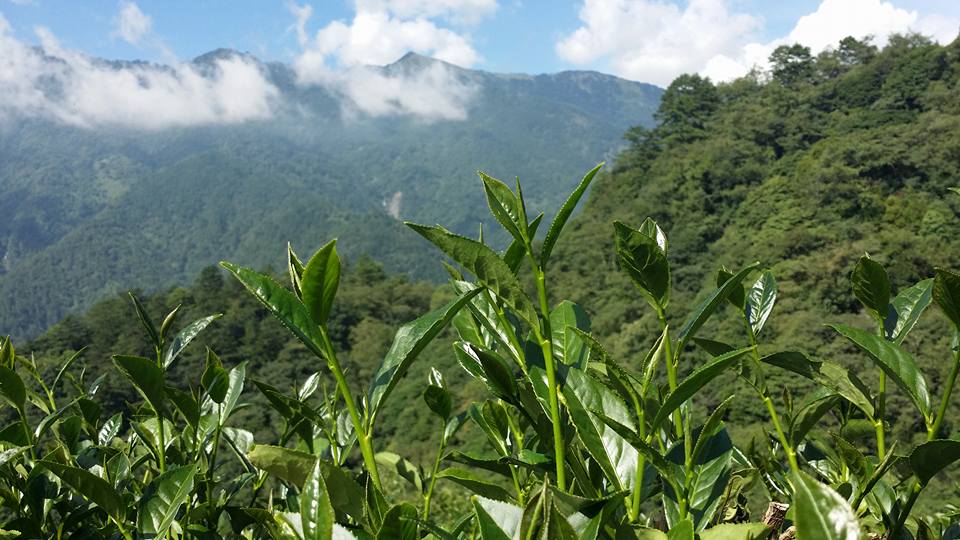
 People said the name of Taiwanese teas can be somewhat confusing because of variety, the overlapping of growing area and processing styles. Actually the confusion is not on the word of “Taiwanese” or “Chinese”, but it goes back how much know about tea. Qing Cha (Oolong) and Hong Cha (Black Tea) are special tea varieties from Taiwan.
People said the name of Taiwanese teas can be somewhat confusing because of variety, the overlapping of growing area and processing styles. Actually the confusion is not on the word of “Taiwanese” or “Chinese”, but it goes back how much know about tea. Qing Cha (Oolong) and Hong Cha (Black Tea) are special tea varieties from Taiwan. Taiwan is not very big but it sits right on the Tropic of Cancer and have lots of mountains on the island, so the micro-environment is very suitable for good quality tea. Tea plantation areas are widely spreading from North to South, West to East, not to mention there are many fine quality Gaoshan Oolong tea on different mountains in the Central Mountains region with the height from > 1000 meters to <2,500 meter; when you look at the map the Central Mountains region as if a dragon back bone on the island.
Taiwan is not very big but it sits right on the Tropic of Cancer and have lots of mountains on the island, so the micro-environment is very suitable for good quality tea. Tea plantation areas are widely spreading from North to South, West to East, not to mention there are many fine quality Gaoshan Oolong tea on different mountains in the Central Mountains region with the height from > 1000 meters to <2,500 meter; when you look at the map the Central Mountains region as if a dragon back bone on the island.
 ending tea with rose petals with a very irritating and pungent vanilla aroma. What might happen to my body if I drank it when the flavour is already so pungent and irritating?
ending tea with rose petals with a very irritating and pungent vanilla aroma. What might happen to my body if I drank it when the flavour is already so pungent and irritating?



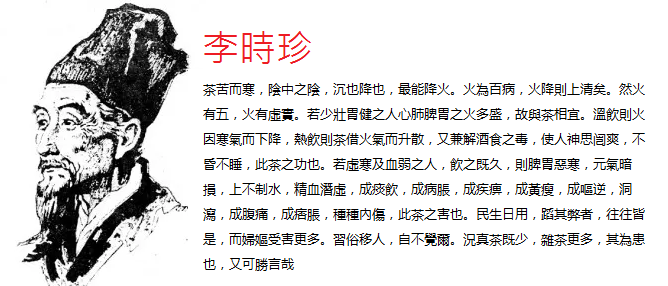 The most influential Chinese medical doctor, scientist, pharmacologist, herbalist and acupuncturist of the Ming Dynasty, Li Shi-Zhen (1518-1593) gave a very thorough dissertation about the pharmacological effects of tea in
The most influential Chinese medical doctor, scientist, pharmacologist, herbalist and acupuncturist of the Ming Dynasty, Li Shi-Zhen (1518-1593) gave a very thorough dissertation about the pharmacological effects of tea in 
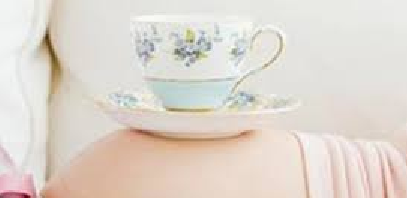 A study from Kaiser Permanente’s Northern California Division of Research from the University of California found that pregnant women who consumed more than 200 milligrams of caffeine daily had double the risk of miscarriage compared with those who avoided the stimulant. Conversely research reports from Yale University and from Denmark claimed it is safe for pregnant woman to consume no more than 200-300mg caffeine a day. The caffeine contained in tea is a central nervous stimulant and could become addictive. Caffeine can be transfused to baby through the blood circulation and the fragile unborn baby is not like adult can dissolve caffeine through metabolic decomposition. A
A study from Kaiser Permanente’s Northern California Division of Research from the University of California found that pregnant women who consumed more than 200 milligrams of caffeine daily had double the risk of miscarriage compared with those who avoided the stimulant. Conversely research reports from Yale University and from Denmark claimed it is safe for pregnant woman to consume no more than 200-300mg caffeine a day. The caffeine contained in tea is a central nervous stimulant and could become addictive. Caffeine can be transfused to baby through the blood circulation and the fragile unborn baby is not like adult can dissolve caffeine through metabolic decomposition. A Based on the latest report mentioned on the China Times today, here are the top 3 food additives that they suggested consumers to avoid:
Based on the latest report mentioned on the China Times today, here are the top 3 food additives that they suggested consumers to avoid:
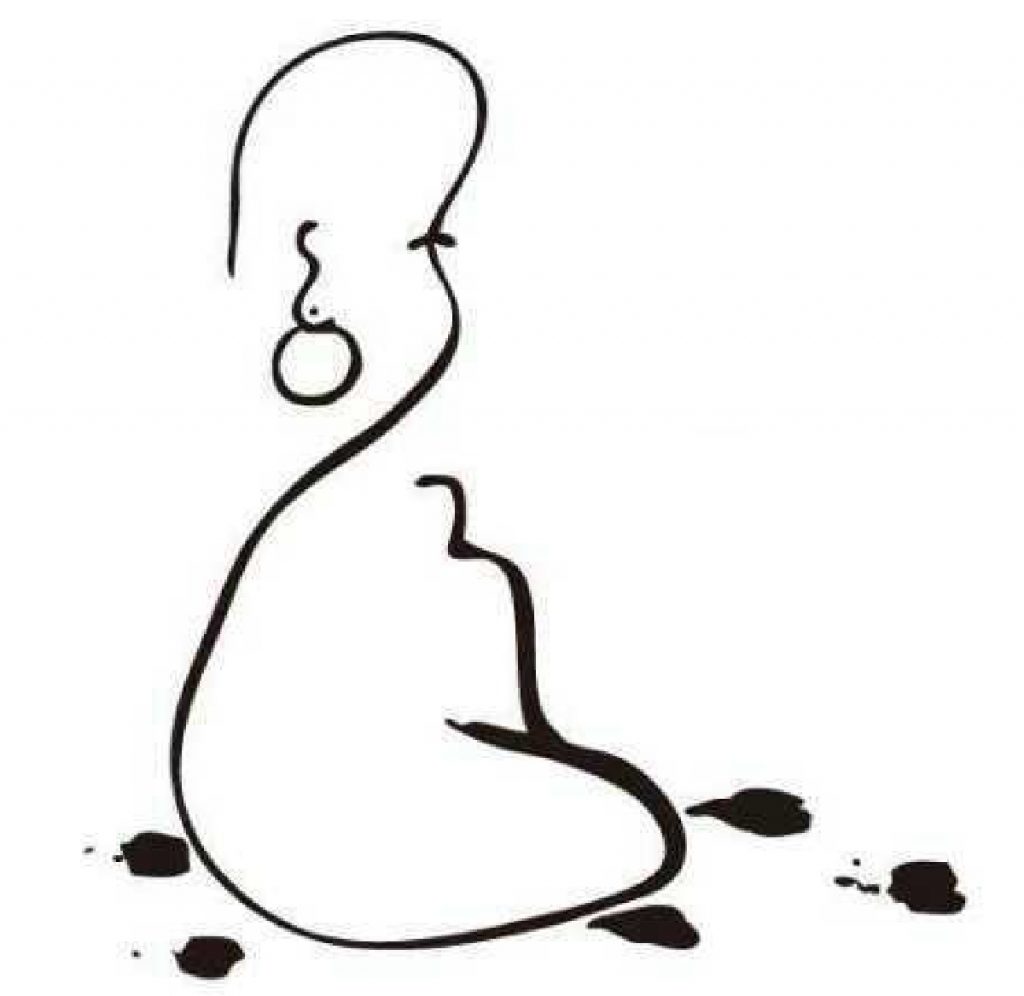 In life we tend to expect a lot from others or even dream for a lot than we actually need. On the positive side, it motivates us
In life we tend to expect a lot from others or even dream for a lot than we actually need. On the positive side, it motivates us 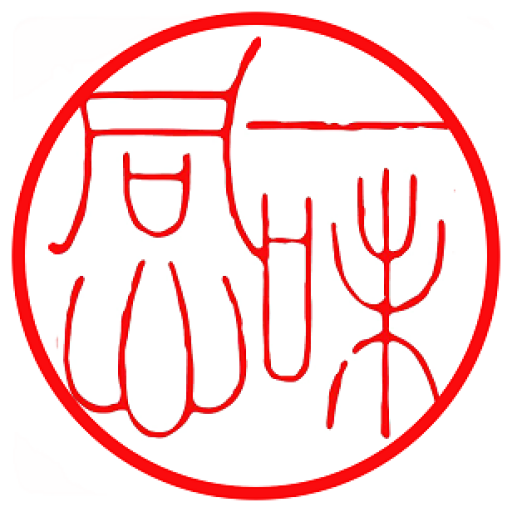 In order to protect the consumer’s rights, blended and/or flavoured tea must label the percentage (%) of content and compositions honestly starting from
In order to protect the consumer’s rights, blended and/or flavoured tea must label the percentage (%) of content and compositions honestly starting from 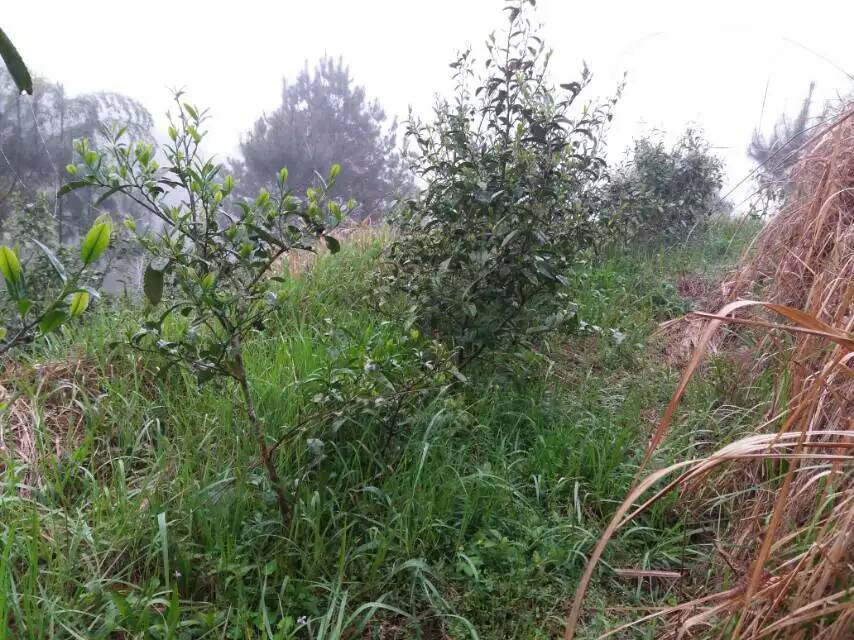
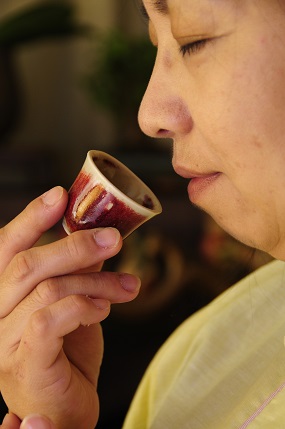 Making a cup of tea is easy, all you need is some tea leaves, water and tea ware.
Making a cup of tea is easy, all you need is some tea leaves, water and tea ware.